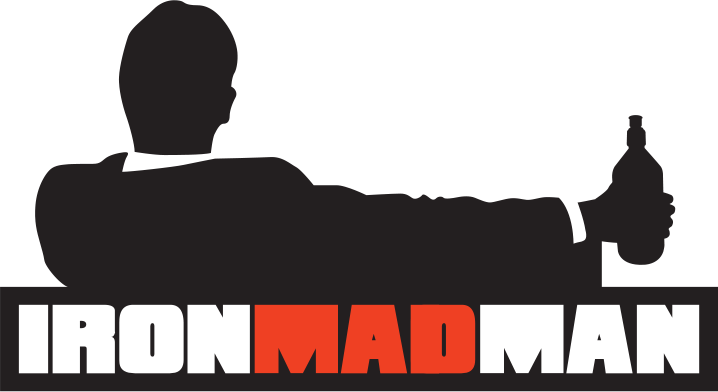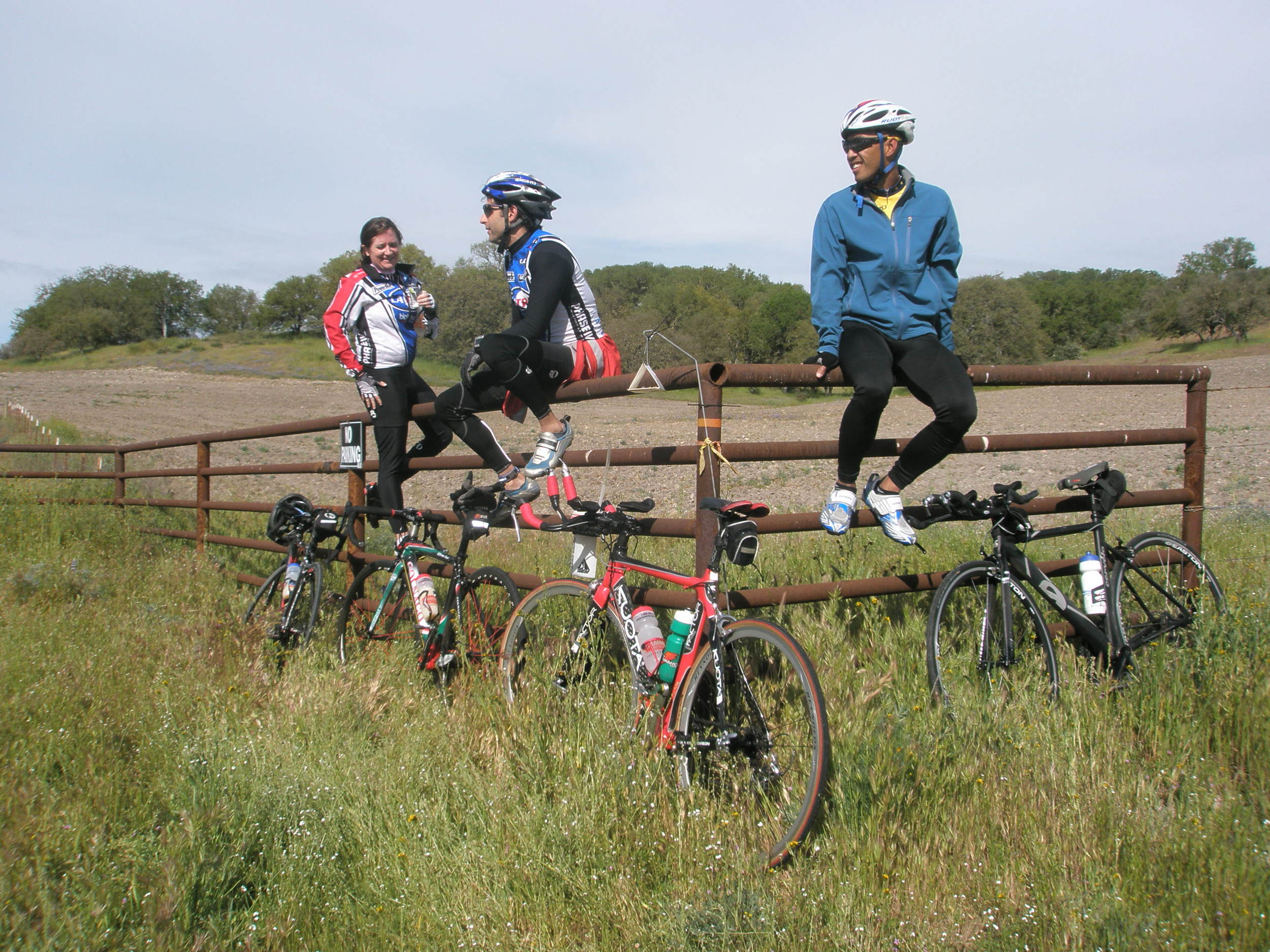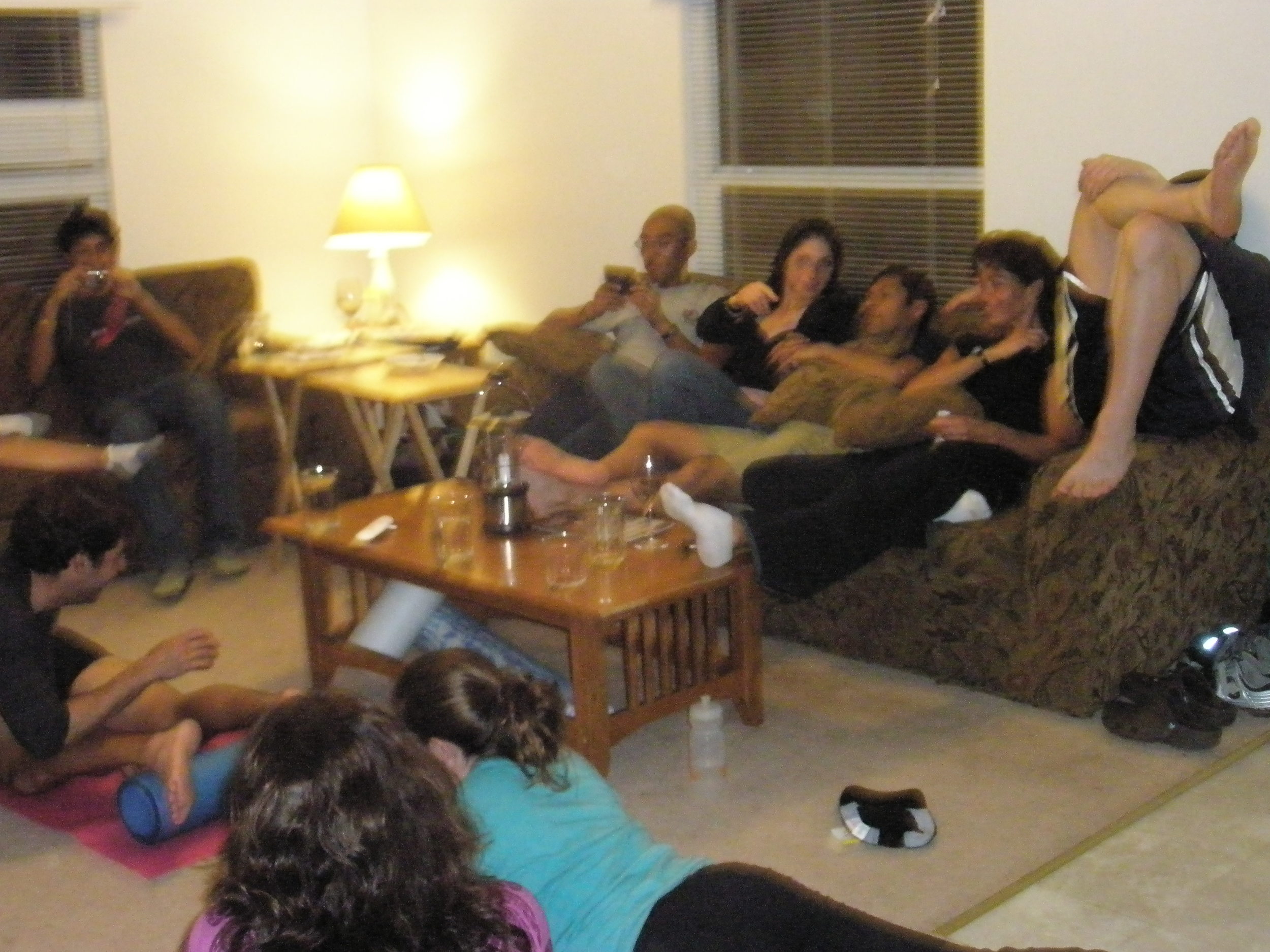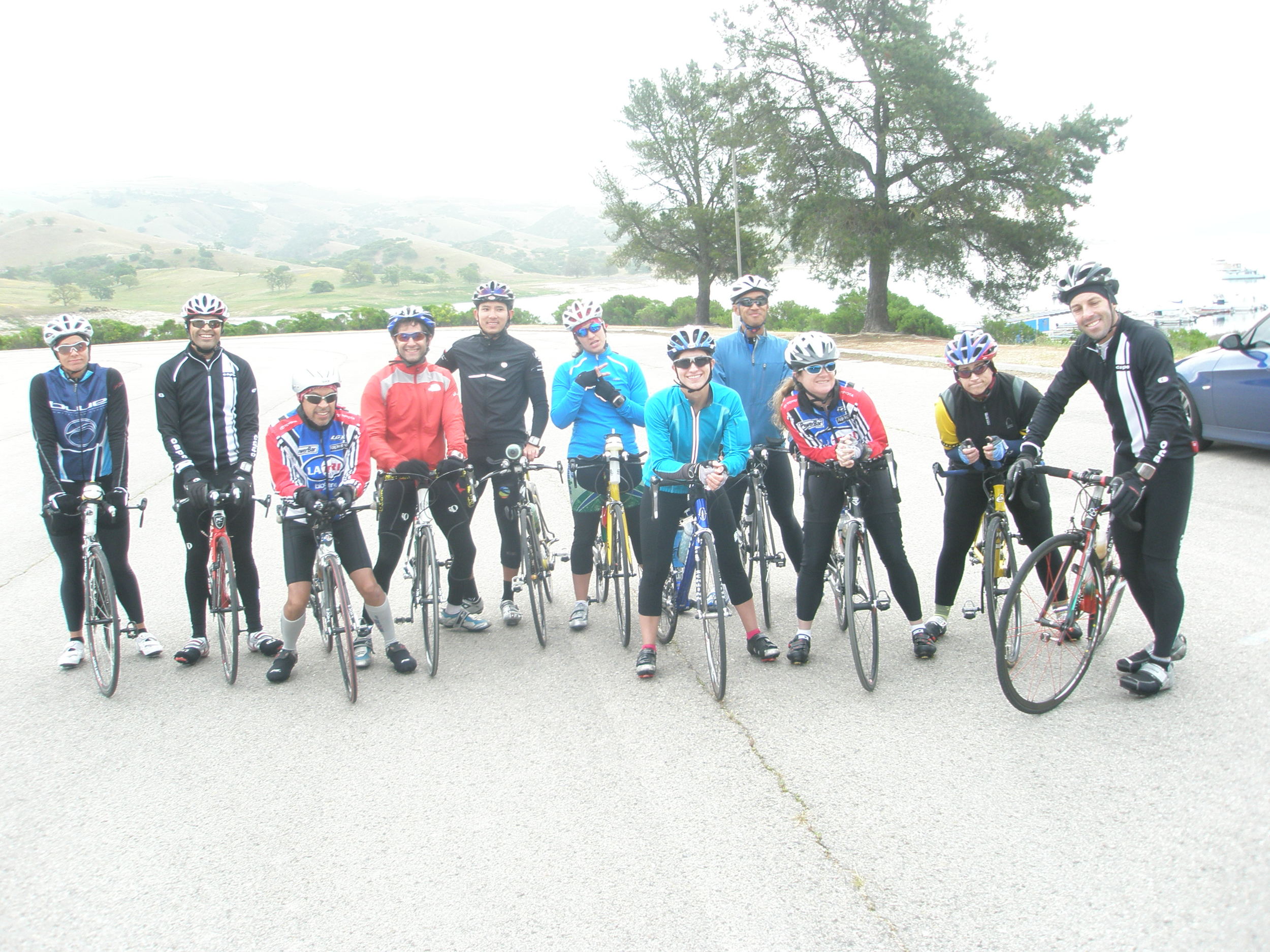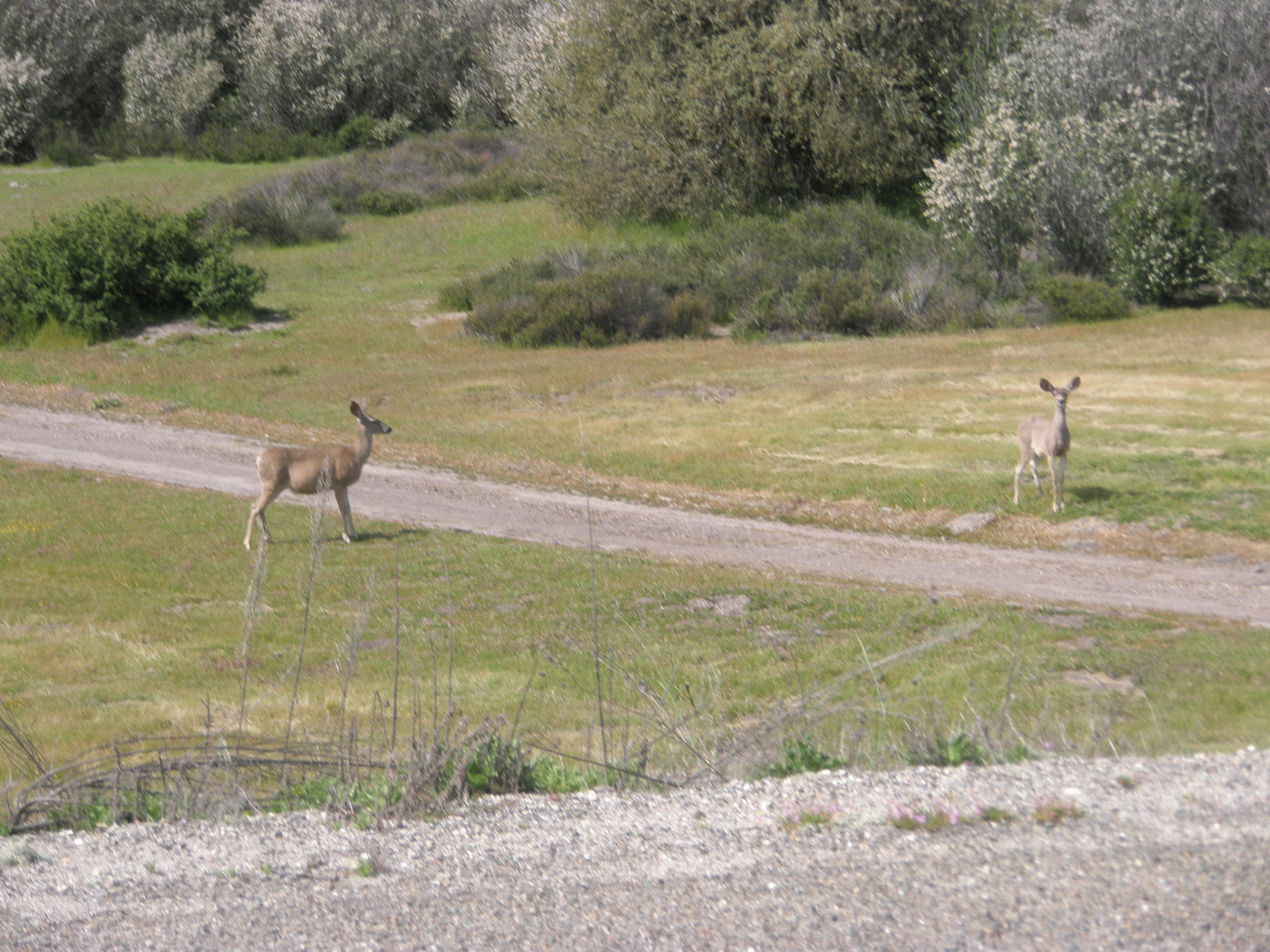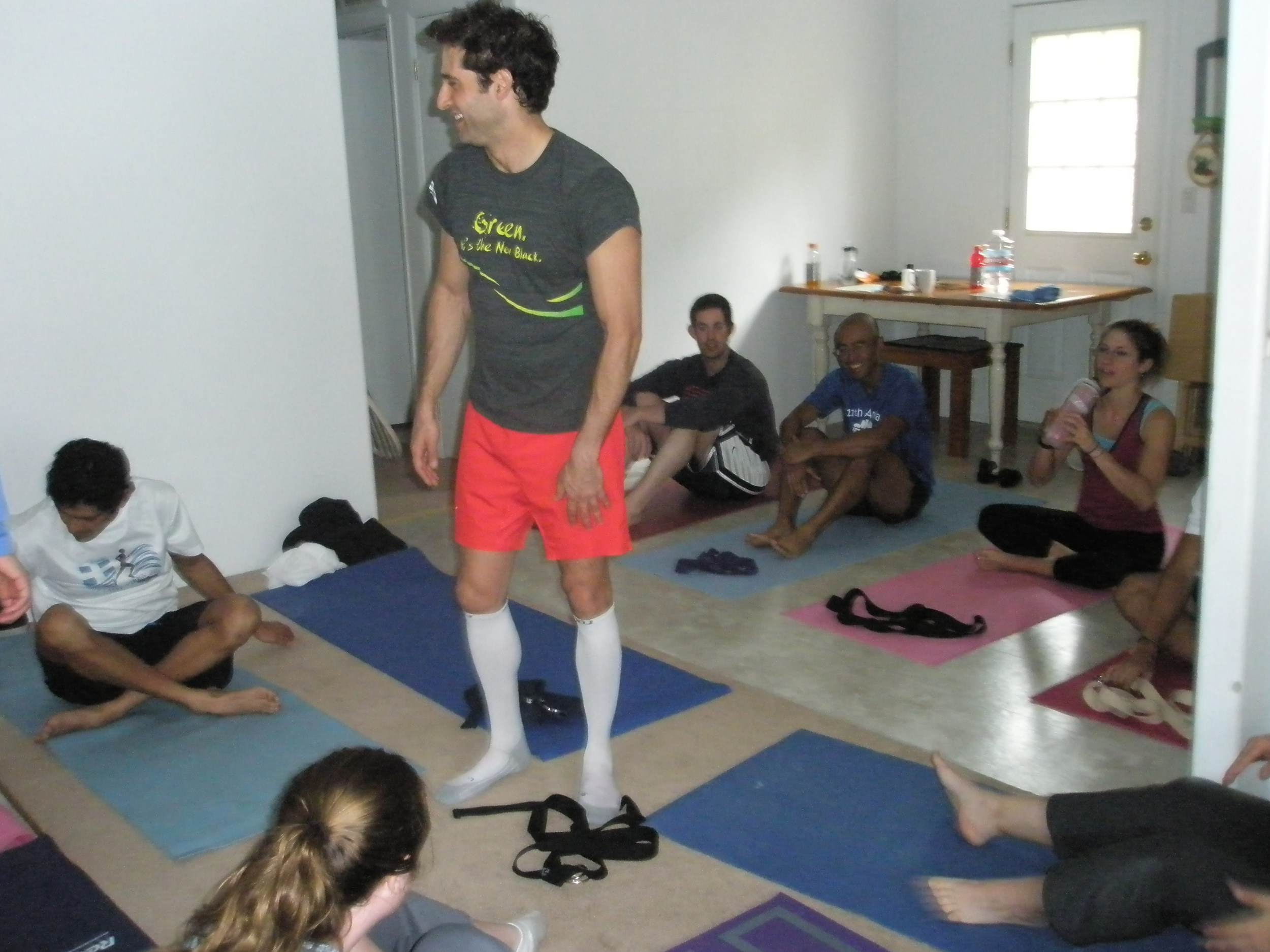Officially Recovered
/It didn't occur to me until late this afternoon that I had run three days in a row, each without pain. Nearly six miles with several climbs on Friday, three miles yesterday following a long pain-free bike ride and today, nearly eight miles of trail running in just shy of 1.5 hours. Yeah, I'd say that marks a recovery or if nothing else, a significant improvement.
Duration: Two months exactly. About one month longer than I ever expected. But better late than never!
Now, what contributed to this recovery? I think it's a number of things that all blended together:
-- Accepting the need for recovery: This was definitely the most difficult part of the process. I thought I could just leap back from my Ironman after a few weeks and start workout out again for the next event. Not even close. Once I realized that, my real recovery began.
-- Listening to my body: I had twinges in my hips, knees and IT bands I wasn't used to, and instead of ignoring the pain I did something about it. I pulled back on races, consulted my coach, personal trainer and ultimately, my ART therapist. There's a time to ignore pain (perhaps in a race) and a time to acknowledge it (training, post-race). I'm very grateful I chose the latter route.
-- Taking time to recover: Once I accepted that I needed a recovery, I decided to let the process run its course. I'm inpatient, so this step was especially difficult. But it's necessary because rushing through an injury will likely just make matters worse.
-- Extensive stretching: Instead of workout out, I stretched. And when I wasn't stretching, I was trying to schedule a yoga class. While it's nowhere near as fun (for me) as cycling out on the open road, I've felt the differences from stretching and foam rolling more often. Combined with the ART therapy (below), my body has felt fresher lately. In addition to stretching though, I got back on a strength training regimen that has helped my muscles replenish themselves. I've been careful to primarily rely on body weight, cables or light weights and met with my trainer to ensure that all exercises helped alleviate my leg problems, not contribute further to them.
-- Active Release Technique therapy: ART therapy has made a huge difference, in my opinion. I was skeptical at first but am now a believer. My hips have experienced the biggest benefits so far from the gripping manipulation techniques, and my IT bands are no longer tight like they were in the weeks immediately following Ironman Arizona.
-- Overhauling my running form: I've used the past few weeks to try and ditch my heel-striking ways once and for all. The process has been long and slow, and at time frustrating. I'm slower than usual. My calves have been sore, but the end-result should be more pain-free running and ultimately I should be faster by leaning forward and relying more on forefoot striking. The key for me has been not to get frustrated, or be intimidated by any upcoming races. My light racing calendar this year is helping me emotionally accept being slower and the moment and being more diligent about learning to run again.
-- Re-emphasis on nutrition: The holidays added weight to my frame, but not the good kind. More like the chocolate kind. There's probably more of a connection between my lack of recovery and poor nutrition than I'd care to admit. But once the New Year rolled around, I took a balanced and healthy diet more seriously. Do I think nutrition was the primary factor in helping me repair myself? No. But I do believe in the "body in, body out" mantra, and it's no coincidence that my recovery took a sharp turn for the better in January compared to December.
Will my recovery last? Can I finally put Ironman Arizona in the rear-view mirror once and for all? Time will tell.
But I'm finally ready to focus on on improvement, not recovery. If you are recovering as well, I hope this primer helps you!
149 days and counting.
